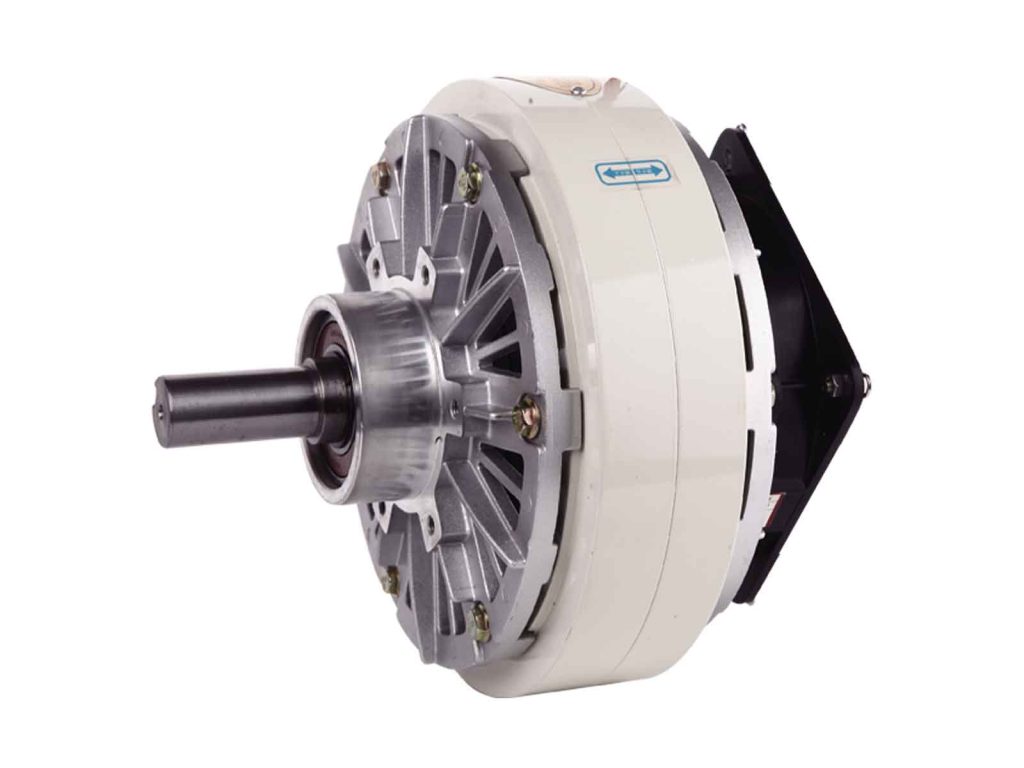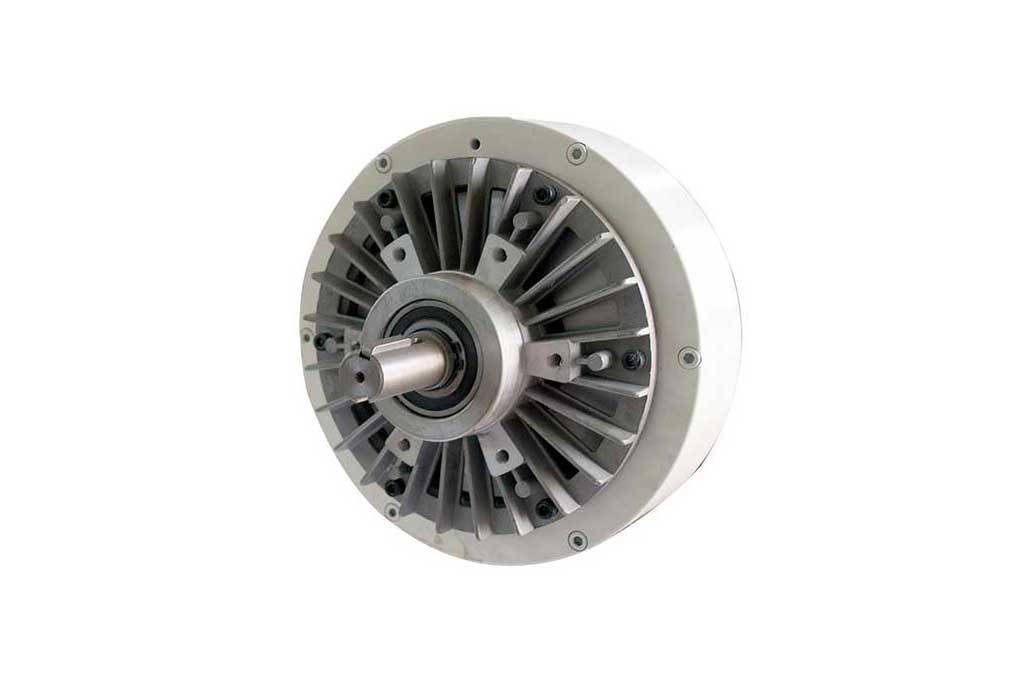Magnetic particle brakes are essential components in various industrial applications, providing controlled torque in machinery and equipment. However, like all mechanical systems, they can encounter issues that require troubleshooting.
Magnetic particle brakes operate on the principle of controlling torque through the magnetic field generated by applying current to a coil within the brake assembly. When troubleshooting these brakes, it’s crucial to have a basic understanding of how they work.
Common Components of magnetic particle brake
- Rotor: The rotating part of the brake.
- Stator: The stationary part that contains the coil.
- Magnetic Particles: These particles fill the gap between the rotor and stator when the brake is engaged.
- Coil: The electromagnetic coil that generates the magnetic field when current flows through it.
When the coil is energized, it creates a magnetic field that forces the magnetic particles to bind together and link the rotor and stator. This connection transmits torque from the rotor to the stator, effectively braking the system.

Common Issues and Troubleshooting of magnetic particle brake
Magnetic particle brakes can experience various issues over time. Here’s a list of common problems and their respective solutions:
Reduced Braking Force
Problem:
- The brake no longer provides the necessary torque to stop the system effectively.
Solution:
- Inspect Magnetic Particle Condition: Check the condition of the magnetic particles. If they are worn or contaminated, replace them.
- Coil Resistance: Verify the coil’s resistance; if it’s too high or too low, replace the coil.
- Voltage Supply: Ensure the brake receives the correct voltage supply.
Overheating
Problem:
- The brake becomes excessively hot during operation.
Solution:
- Check for Overuse: Confirm that the brake is not being used beyond its rated capacity.
- Ventilation: Improve ventilation around the brake to dissipate heat.
- Inspect Cooling Systems: Ensure any cooling systems, if present, are functioning correctly.
Noisy Operation
Problem:
- The brake produces unusual noises during operation.
Solution:
- Lubrication: Lubricate moving parts to reduce friction.
- Alignment: Check for any misalignment between the rotor and stator, which can cause noise.
- Worn Components: Examine and replace any worn components, such as bearings.
Troubleshooting Table (H2)
To make troubleshooting easier, we’ve created a table summarizing common issues and solutions:
| Problem | Solution |
|---|---|
| Reduced Braking Force | – Inspect Magnetic Particle Condition |
| – Check Coil Resistance | |
| – Verify Voltage Supply | |
| Overheating | – Check for Overuse |
| – Improve Ventilation | |
| – Inspect Cooling Systems | |
| Noisy Operation | – Lubricate Moving Parts |
| – Check Alignment | |
| – Examine and Replace Worn Components |
Conclusion
Magnetic particle brakes are vital components in various industries, and understanding how to troubleshoot common issues can save time and resources. By addressing problems like reduced braking force, overheating, and noisy operation, you can ensure the optimal performance and longevity of your magnetic particle brakes.
In conclusion, a well-maintained and properly troubleshooted magnetic particle brake system is essential for the efficient and safe operation of machinery. Keep the key points discussed in this article in mind to address issues as they arise, ensuring the continued reliability of your equipment.
